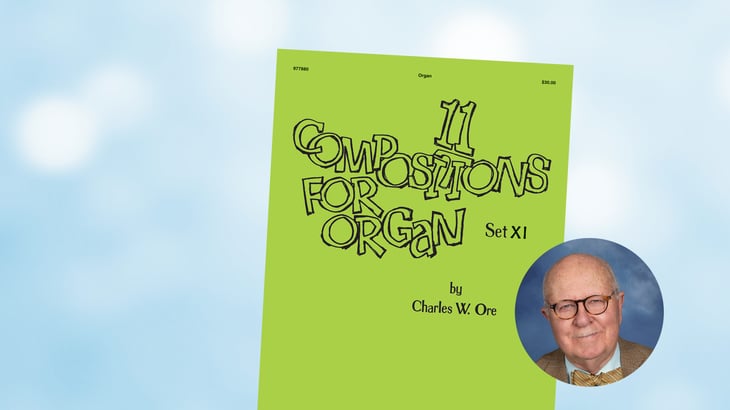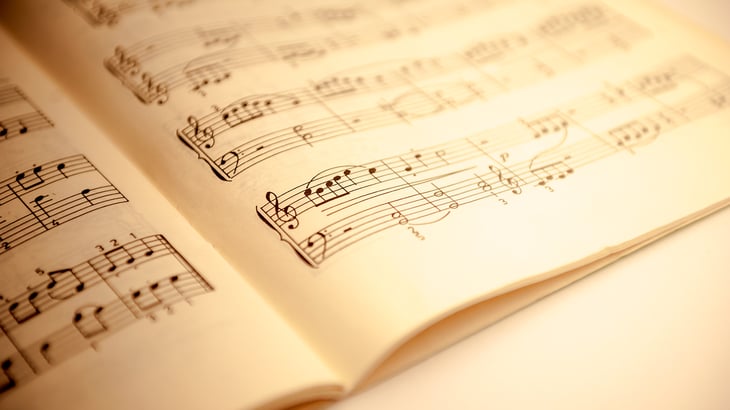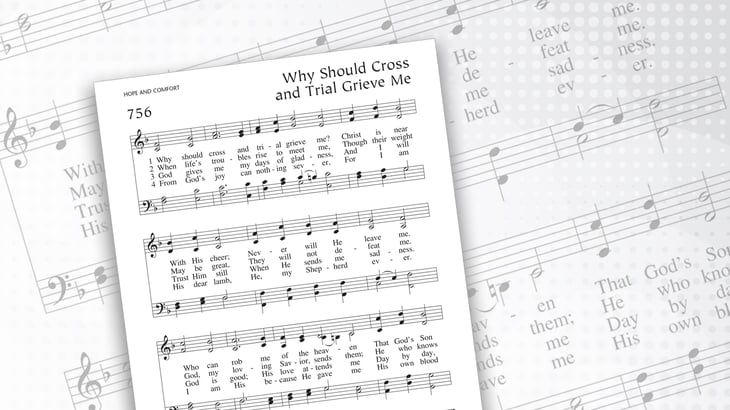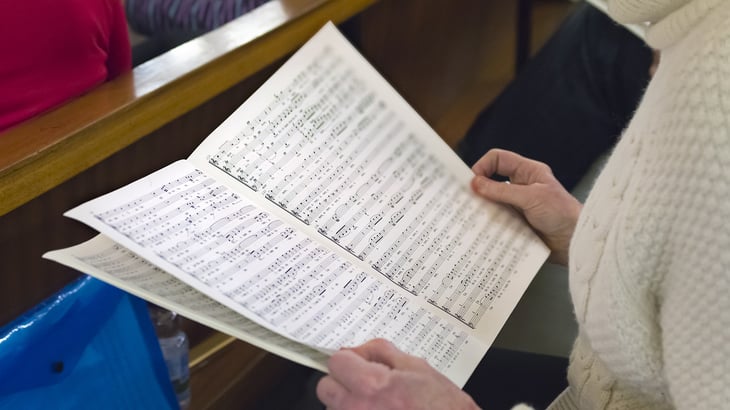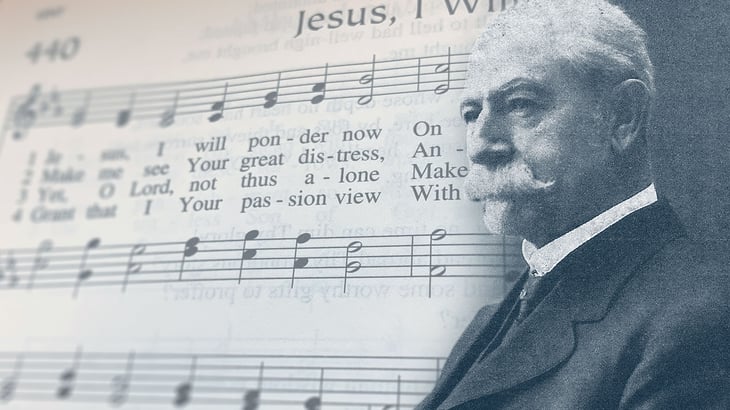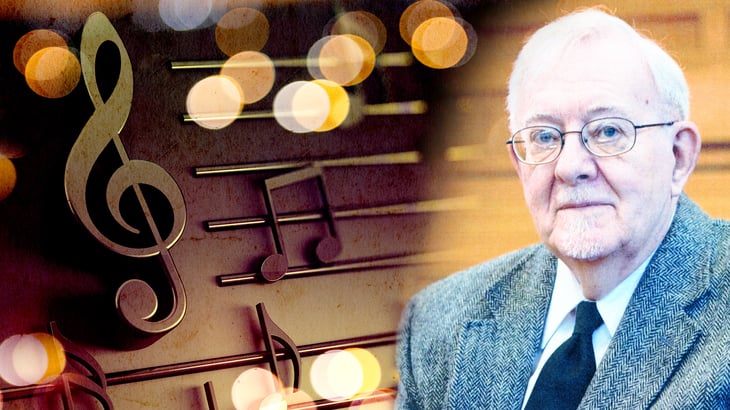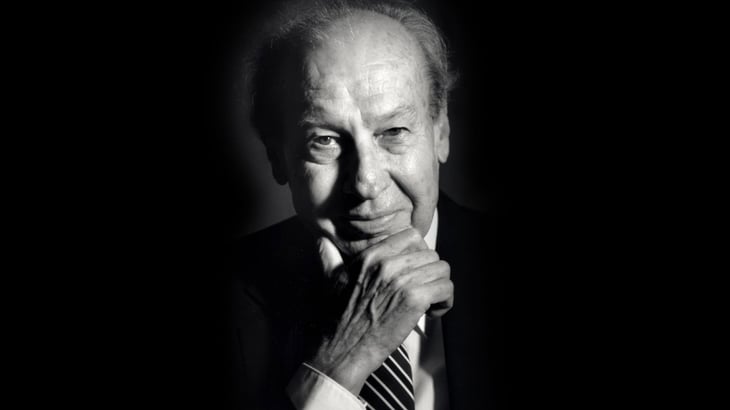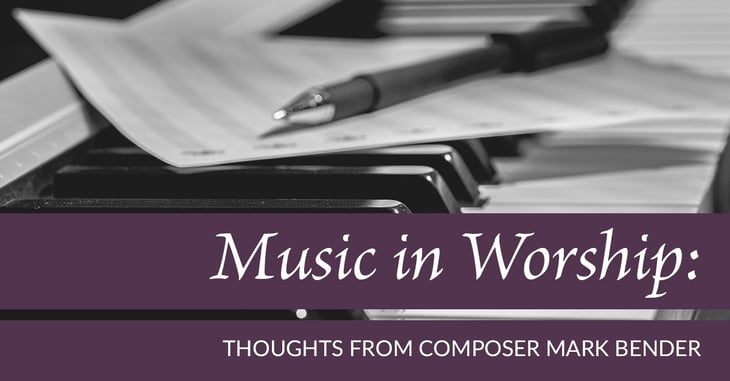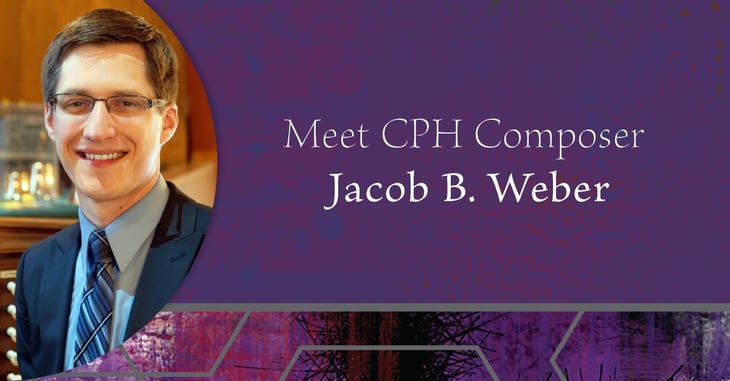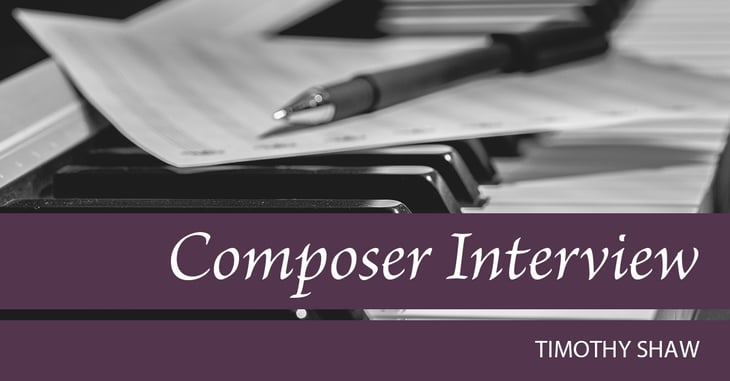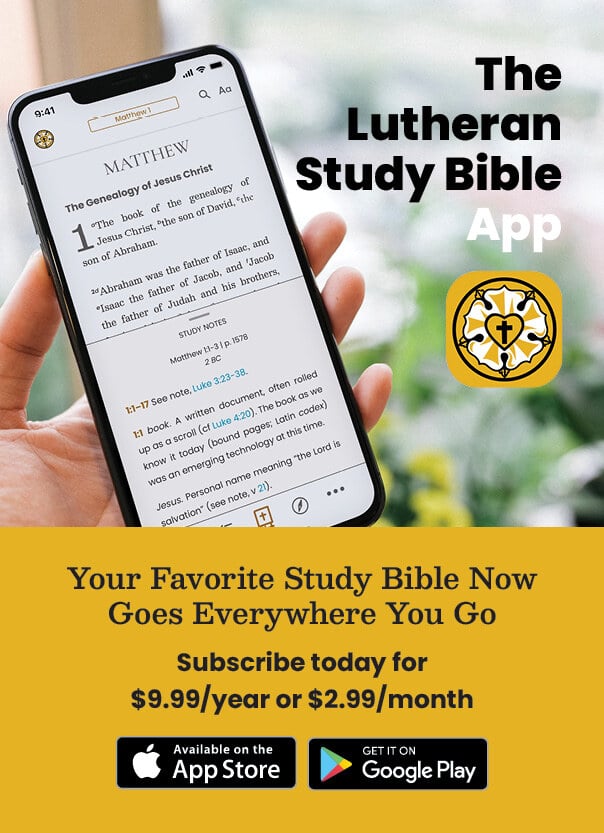Composer of the Month: Charles Ore
Charles Ore is a renowned organist, music teacher, and composer. His storied career spans more than sixty years, and his passion for liturgical music and education is unmatched. Ore’s notable work includes 11 Compositions for Organ and several choral pieces.
Cling to Hymns in a Pandemic
This pandemic is certainly horrific, but I have found many positives during this time. One of these positives was a slower and more reflective Holy Week, allowing me to ponder and study Johann Sebastian Bach’s St. Matthew Passion and to write some lessons on it for my school. In this Passion, as the evangelist—St. Matthew—and the rest of the biblical characters narrate the story, Bach uses chorales to mark the communal response of all believers to the biblical events. These chorales, or hymns, can be seen as our congregational response to Christ’s saving work, much like our hymns act within the church service.
Composer of the Month: Paul Gerhardt
Paul Gerhardt (1607–76) is in a tier only with Martin Luther as the most beloved and celebrated Lutheran hymnwriters in the church today. Seventeen of Gerhardt’s 100-plus hymn texts are in Lutheran Service Book.
The Women of Lutheran Service Book You Might Not Know About
Men have had an incredible impact on shaping Lutheran hymnody as it’s known today. From Paul Gerhardt to Dr. Carl Schalk, male hymnwriters have truly given Lutheranism foundational music that speaks volumes. But did you know that many female hymnwriters, hymn translators, and composers have also contributed to the creation of many Lutheran hymns? Read biographies below from Lutheran Service Book: Companion to the Hymns to learn about some of the wonderful women who helped bring Lutheran hymnody together for Christians everywhere to enjoy today.
Composer of the Month: August Crull
August Crull (1845–1923) was born in Germany but moved with his mother to the United States as a young boy following the death of his father. His mother remarried, and Crull began studying to enter the pastoral ministry at Concordia Seminary in 1862.
Composer of the Month: Carl F. Schalk
Dr. Carl F. Schalk has written more than one hundred hymn tunes, composed dozens of sacred choral pieces, and authored numerous books on liturgical worship. But what lies underneath the titles, tunes, and tempos is a man who has shaped decades of Lutheran music and church worship. His precise dedication to the liturgy of the Church guides his musical endeavors; and this zeal and diligence has molded generations of church musicians and laypersons and is sure to impact generations to come.
Remembering Jaroslav Vajda
When Jaroslav Vajda wrote a quick hymn text to fill a space in the magazine he edited, he didn’t know he was opening the floodgates for decades of hymn writing. This is the story of how this parish-pastor-turned-editor became one of the most beloved hymnwriters of contemporary Lutheranism.
Music in Worship: Thoughts from Composer Mark Bender
Having served on the committee that created Lutheran Service Book and being a church music director, Mark Bender has a complex understanding of how music functions in the Divine Service. Mark also has published more than a dozen compositions with CPH Music. Hear from Mark himself about how he chooses music for worship and what tools he recommends to his fellow music directors.
Meet CPH Composer Jacob B. Weber
Composer Jacob B. Weber began his musical journey as a piano student in first grade. He later studied church music and organ at Bethany Lutheran College and completed the master of church music degree at Concordia University Wisconsin. He was the kantor at Emmanuel Lutheran Church and School in Dearborn, Michigan, where he planned worship, played organ, led ensembles, and taught music at the K–8 school. Now, Jacob is the associate editor of music/worship at Concordia Publishing House. Jacob has published more than thirty works with CPH Music, including four new pieces this year. Get to know him by reading our interview with him below.
Interview with Timothy Shaw
Every artist knows that the details matter, and composer Timothy Shaw’s detail-oriented nature is probably one of the things that has made his music career so successful! Taking pleasure from things many other people may not notice, like a perfectly engraved musical score or a key change in one of his compositions, Timothy has composed more than a dozen pieces for CPH. Read our interview with Timothy and visit his author page on CPH.org to learn more about all of his compositions with us.
